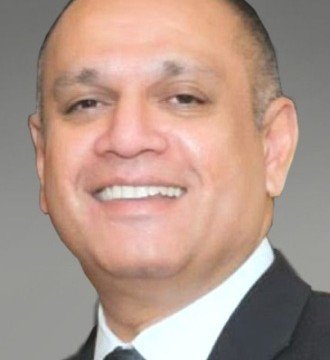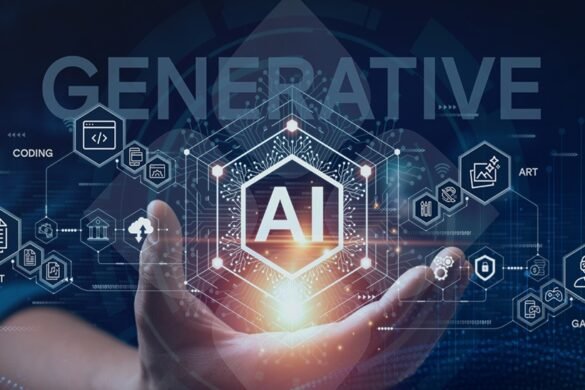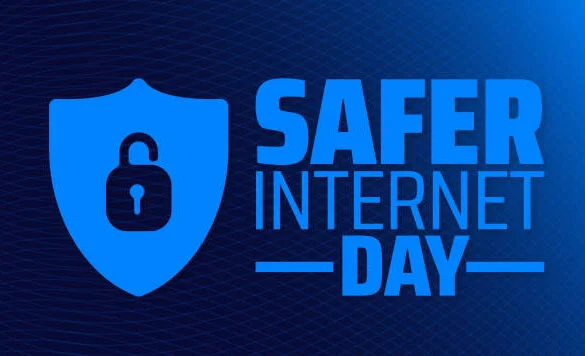The ‘Things’ were around us in our homes for a very long time. We have been experiencing it for all these years as disconnected ‘Things’. Popular examples are the thermostat controlled HVAC, the garage opener, home security system, the pool door alarm, electronic door locks, DVRs, sprinkler systems, child/pet monitoring system to name a few. These are ‘Things’ that have integrated into our lives to a great extent. The challenge, however, is that each of these ‘Things’ having their own method of control. They don’t talk to each other nor provide an easy way for you to centrally manage.
Some of the early sensing ‘Things’ were home security systems that worked in a ‘tight’ closed loop system. Security companies made their fortunes on this for years, not only charging for upfront equipment but on ongoing monthly subscription. One of the most frustrating ‘Thing’ is a garage opener which requires a radio-frequency (RF) remote that limits capability of controlled access to homes but is changing fast with more secure methods of control.
Today, we are in the midst of a digital transformation. We need these disconnected ‘Things’ to be connected in a simple fashion. The digital evolution is moving at a rapid pace. Currently, in the market, there are a number of commercially available products that is enabling the open connect model with solutions like Insteon, Wink, Google Nest, Belkin WeMo, Control 4, Leviton and the likes, that are leveraging the ‘Internet of Things’ that is at an affordable cost, with a higher degree of flexibility and control. The security systems have become more sophisticated and can be expanded not only sensing but also providing a wider spectrum of services. Some popular options are monitoring a home and integrating with emergency response, viewing a live feed of your home – while you are out; optimize the use of sprinkler systems based on local weather; ability to monitor your home by accessing events that have occurred while you are away brings peace of mind to you as a home owner.
The use of integrated array of light, humidity and temperature sensors help to detect changes and starting up the HVAC as needed. This goes a long way in building more energy efficient homes. Depending on the type of home, square footage, environment conditions – one can set up an effective energy use schedule that would dramatically lower the cost of energy.
So, it is not only about just sensing but takes actions without human intervention. The ability of two devices at home to talk to one another and make decisions based on an established scenario plan.
The scenario plan could be on what energy saving strategy to apply and not mindless strategies, such as, 3 PM turn up the cooling get it to 72 degrees. For example, temperature, motion, light sensors could talk to each other to see if the HVAC should be started and the temperature be brought down if there is someone at home or should it go into an energy save mode, where is maintains it at an optimal level. The system learns the time and energy expended to cool or hear based on the square footage. We see now the Google Nest is adapting to the customer lifestyle but a key contributor in bringing about changes in the energy sector.
A number of actuators are now available and can either be manually controlled or the decision can be made by the smart control. These actuators are connected to sprinklers, HVAC, lighting, cameras, light bulbs and other home appliances – coffee maker or toaster oven! For instance, the smart sprinkler systems could check the local weather forecast, the ambient temperature, the relative humidity and soil sensor to measure the moisture level could help in determining how long it should be watered.
There are a number Do It Yourself (DIY) kits that can be purchased from local stores as well as online. These kits have simple instructions and could be setup in a matter of hours. The interesting part is that it is expandable, you just go and buy a smart light bulb, plug it in and then you can control it from anywhere in the world. The integration with existing appliances with these kits will only improve with more adoption and will drive down the cost.
This article is written by : Kuruvilla Mathew, Vice President – Technology and Innovation, Ness Software Engineering Services (SES), Los Angeles, California




